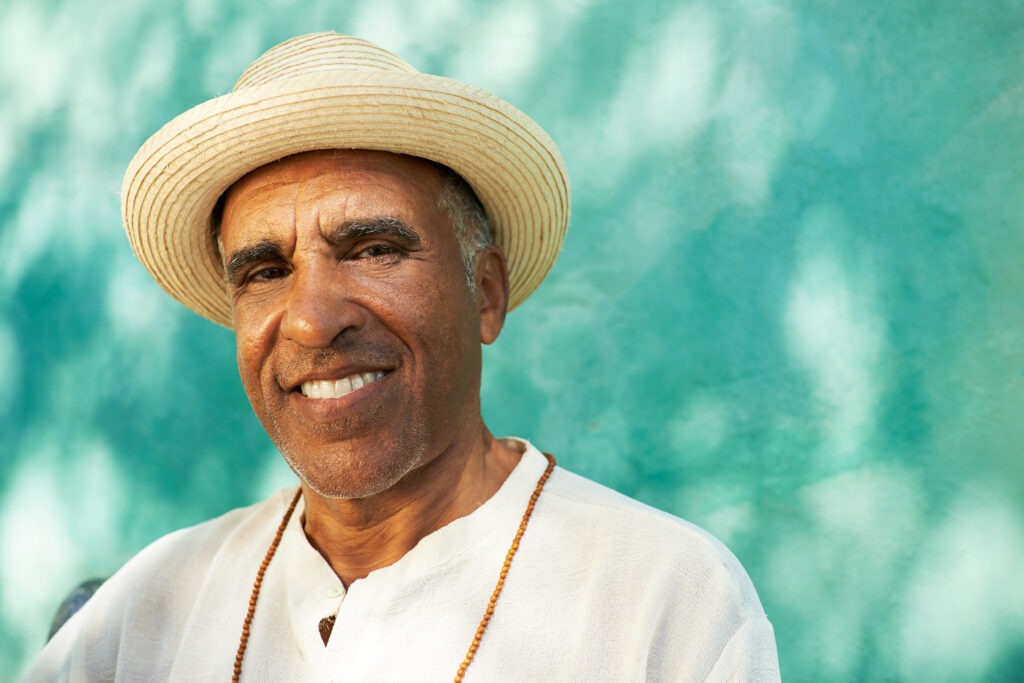In a world where drugs continually to ensnare people in addiction, the ability to use Naloxone brings many health care workers and family members of addicts a sense of relief. In a perfect world, you’d never need one of these kits.
Yet, it is reassuring to know that you could potentially save someone’s life during an overdose. You might have heard naloxone referred to by its brand name Narcan. It is a fast and safe way to reverse the effects of an overdose so that you can buy someone time to begin dealing with their drug addiction. Asking what is a naloxone kit may mean that you know someone who uses opioids.
Or, you might be using them yourself and want to know how they work. Some people even choose to carry a kit in case they come across someone they don’t know who is having an overdose. These are all great reasons to pick up a kit, and learning more about how to use one puts you in the best position to help someone during a medical emergency.
A Naloxone rescue kit comes with a set of instructions along with everything you need to administer the medication. Naloxone comes in two forms, which are an injectable solution and a nasal spray. The contents of your kit may include the medicine, a syringe and needle, a nasal adapter or a separate nasal spray. You can obtain a naloxone kit without a prescription, which means that anyone with concerns about opioid use can get one to have on hand.
How Do You Administer Naloxone?
The majority of pharmacies and other locations where you pick up alone kits will walk you through the process of using the medication. Since you may be under stress while facing such an emergency, you’ll also find the instructions located inside of the kit. Administering naloxone is fairly simple, and most people find that the nasal spray is very similar to other health procedures that you might have used at home.
With the nasal spray, you’ll simply open the packaging and place the nozzle of the bottle in the nostril of the person that you suspect is having an overdose. Then, you’ll press the button to deliver the medication into their nose. With the nasal atomizer spray, you’ll screw the two pieces together and deliver half of the medication into each nostril. Injections are done by using the syringe to draw up the medication out of the bottle.
Then, you’ll place the injection into the muscle of the person’s shoulders, thighs or buttocks. After you deliver the medication, you’ll want to call for emergency help if someone has not already done so. While you wait, you can continue to check their breathing and perform CPR if it is necessary. After three minutes, check to see if the person is waking up. If not, then you can administer a second dose.
What Are the Signs of an Overdose?
Knowing when to use naloxone is important, but it is also important not to over stress to the point that you don’t offer help in an emergency. Naloxone won’t hurt someone who isn’t having an overdose. While it won’t help someone who is having an overdose due to a non-opioid drug, it will also not hurt them at all. .You can watch for these signs of an opioid overdose to help you know when to use your kit.
- Slow or labored breathing that may include gurgling
- Difficulty waking them up
- Bluish tint to their lips or fingertips
- Small pupils
- Limp body
- Appearing awake but unable to speak
It is important to note that someone who is having an overdose may not wake up to what seems like an excessive attempt to arouse them. The instructions in your kit may suggest rubbing your knuckles on their upper lip or down the front of their rib cage. Applying pressure to these parts of the body is usually uncomfortable enough to wake someone without hurting them. If they don’t respond, then they may be unconscious.
What Are Your Next Steps After Using the Kit?
Typically, the emergency medical responders will take over when they arrive after you call and tell them that you assisted with first aid during a suspected overdose. While they tend to your loved one, you can take a few moments to take care of yourself. You’ve experienced a traumatic event, and it may help to talk to a counselor.
If you know the person that you helped, then you’ll want to start planning for their next steps to prevent this from happening again. Consider asking them to go to a treatment center, and have the name and number for one on hand. If possible, going directly from the hospital to a treatment program is the best option for avoiding another overdose.
Have things reached the point where you feel the need to carry a naloxone kit? If so, we can help you prevent an overdose by seeking professional addiction treatment. We’re here to talk at 844-639-8371.

